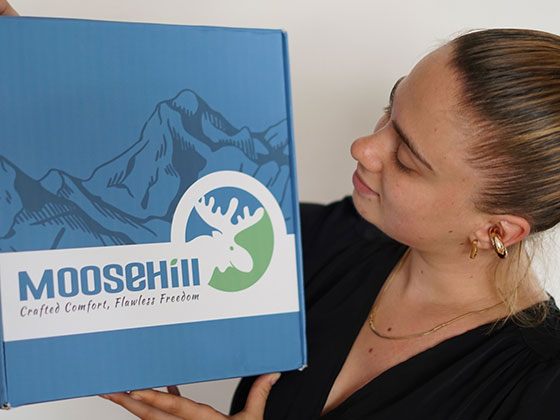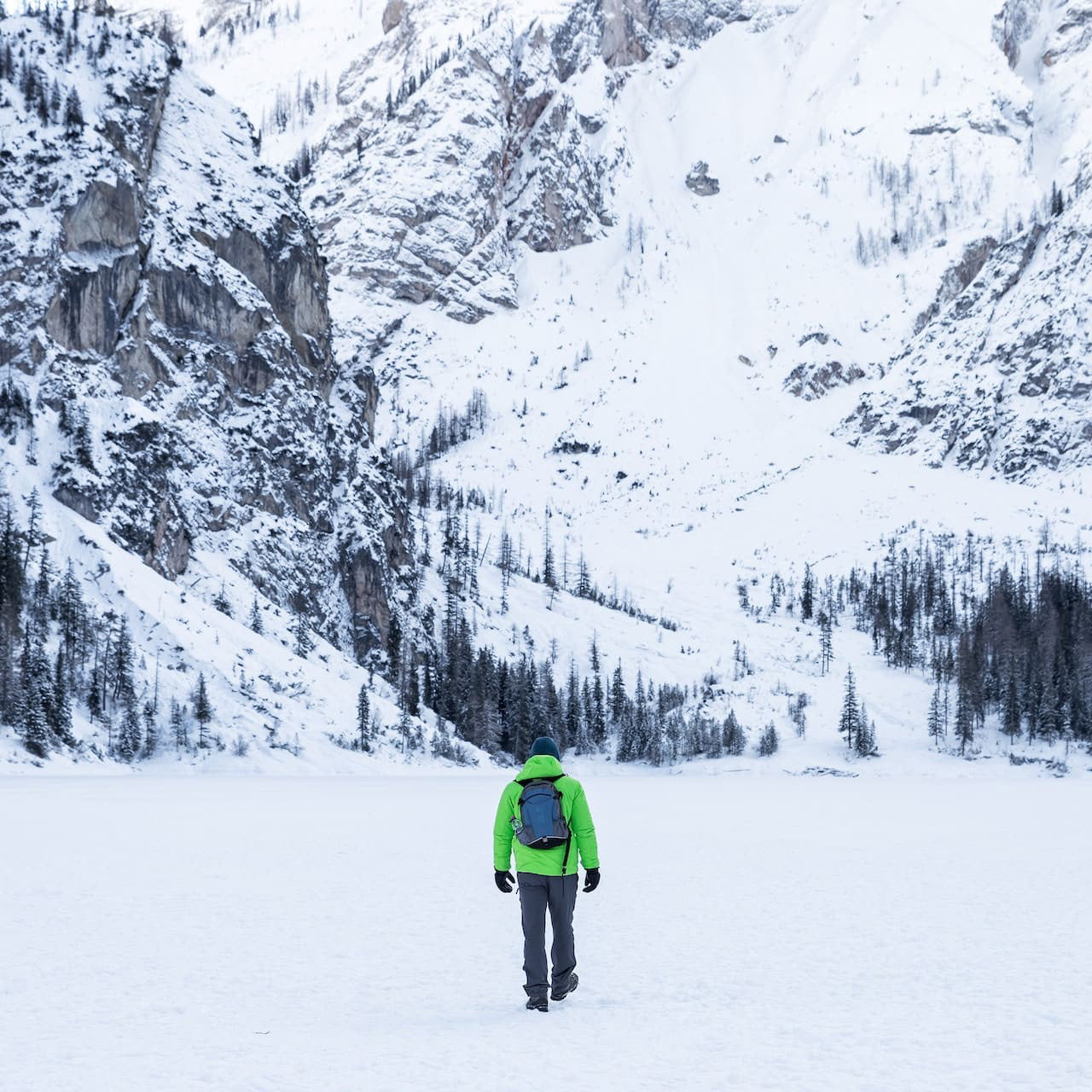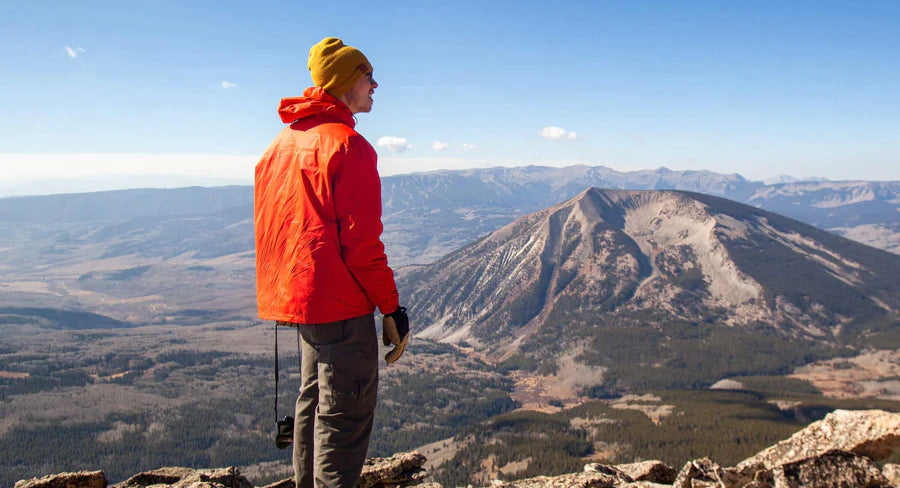Introduzione:
Quando si tratta di attività all'aperto, rimanere asciutti e caldi è fondamentale. Con le varie condizioni meteorologiche da affrontare, scegliere l'abbigliamento giusto diventa fondamentale. Pantaloni da neve, noti anche come pantaloni da sci, pantaloni in pile caldi, pantaloni soft-shell o pantaloni da snowboard, sono molto apprezzati per le loro proprietà impermeabili e isolanti. Ma possono questi versatili pantaloni fungere anche da pantaloni da pioggia? Questo articolo esplora la funzionalità e la versatilità dei pantaloni da neve per rispondere a questa domanda.
Contenuto
Esplorando i Pantaloni da Neve:
I pantaloni da neve sono progettati specificamente per attività all'aperto in ambienti freddi e umidi. Di solito presentano materiali impermeabili e foderi isolanti per mantenere il corpo asciutto e caldo. Questi pantaloni danno priorità alla resistenza all'acqua attraverso rivestimenti o laminati speciali, impedendo all'umidità di filtrare attraverso il tessuto. Il guscio esterno è spesso realizzato in nylon o poliestere resistente, offrendo protezione contro neve, melma e umidità.

Isolamento e Calore:
Uno dei principali vantaggi dei pantaloni da neve è la loro capacità di isolamento, progettata per mantenerti caldo in condizioni fredde e nevose. L'isolamento nei pantaloni da neve aiuta a trattenere il calore corporeo, mantenendo le gambe e la parte inferiore del corpo protette dal freddo. Questa caratteristica può essere utile in condizioni di pioggia più fresche o miti, fornendo uno strato extra di calore.
Gestione dell'umidità:
I pantaloni da neve sono tipicamente progettati per gestire l'umidità della neve, che è in forma solida. Tuttavia, quando si tratta di pioggia, che è in forma liquida, le capacità di gestione dell'umidità dei pantaloni da neve possono essere diverse. Sebbene il guscio esterno dei pantaloni da neve sia resistente all'acqua, un'esposizione prolungata a forti piogge o a una saturazione costante può compromettere la loro capacità di mantenerti asciutto. Inoltre, l'isolamento nei pantaloni da neve può assorbire umidità nel tempo, riducendo la sua efficacia e potenzialmente portando a disagio.
Considera l'Intensità della Pioggia:
Quando si decide di utilizzare i pantaloni da neve come pantaloni da pioggia, è importante considerare l'intensità e la durata della pioggia. In caso di pioggia leggera o intermittente, i pantaloni da neve possono offrire una protezione e un'isolamento sufficienti. Tuttavia, in caso di forti acquazzoni o esposizione prolungata alla pioggia, pantaloni da pioggia specializzati con tecnologie avanzate di impermeabilità potrebbero essere più adatti. Questi pantaloni da pioggia sono progettati specificamente per affrontare forti piogge e fornire un'impermeabilità superiore, mantenendoti asciutto e comodo.
Stratificazione per maggiore calore:
Se scegli di usare pantaloni da neve come pantaloni da pioggia in condizioni di pioggia fredda, puoi aumentare il loro calore indossando uno strato sottostante. Indossare strati base termici o traspiranti può fornire ulteriore isolamento e aiutare a gestire l'umidità in modo efficace. Questa tecnica di stratificazione può aiutare a regolare la tua temperatura corporea e mantenerti comodo durante le tue attività all'aperto.
Capacità Impermeabili:
I pantaloni da neve sono progettati per essere resistenti all'acqua o impermeabili fino a un certo punto. Sono tipicamente realizzati con materiali dotati di un rivestimento idrorepellente durevole, che aiuta a far scivolare l'acqua e a prevenire che essa saturi il tessuto. Questa caratteristica resistente all'acqua consente ai pantaloni da neve di offrire un certo livello di protezione contro la pioggia.

Resistenza all'acqua vs. Impermeabilità:
È importante comprendere la differenza tra resistenza all'acqua e impermeabilità. I tessuti resistenti all'acqua possono respingere l'acqua fino a un certo punto, ma potrebbero alla fine saturarsi in caso di pioggia intensa o esposizione prolungata all'umidità. D'altra parte, i tessuti impermeabili sono progettati per prevenire completamente la penetrazione dell'acqua, anche in condizioni difficili.
Pantaloni da neve come abbigliamento resistente all'acqua:
I pantaloni da neve possono essere utilizzati come attrezzatura resistente all'acqua in caso di leggera pioggia o nebbia. Possono efficacemente respingere l'acqua e mantenerti asciutto per un tempo limitato. Tuttavia, è importante notare che le loro proprietà resistenti all'acqua possono diminuire nel tempo o con un uso frequente.
Considera la Durata e l'Intensità della Pioggia:
Quando si considera l'uso dei pantaloni da neve come pantaloni da pioggia, è fondamentale valutare la durata e l'intensità della pioggia. In caso di pioggia leggera o intermittente, i pantaloni da neve possono offrire una resistenza all'acqua adeguata. Tuttavia, in caso di pioggia intensa o esposizione prolungata all'umidità, pantaloni da pioggia specializzati con valutazioni di impermeabilità più elevate e cuciture sigillate possono essere più affidabili per mantenerti asciutto.
Cuciture Sigillate e Cerniere Impermeabili:
I pantaloni da pioggia specializzati presentano spesso cuciture sigillate e zip impermeabili, che offrono ulteriore protezione contro l'intrusione dell'acqua. Queste caratteristiche impediscono all'acqua di filtrare attraverso le cuciture o le aree delle zip, garantendo la massima impermeabilità. I pantaloni da neve potrebbero non avere queste caratteristiche specializzate, quindi la loro capacità di mantenerti asciutto in caso di pioggia intensa o condizioni umide potrebbe essere compromessa.
Considera una protezione aggiuntiva contro la pioggia:
Se scegli di usare i pantaloni da neve come pantaloni impermeabili, puoi migliorare le loro capacità impermeabili abbinandoli a una giacca o poncho impermeabile. Questa combinazione può offrire una protezione complessiva migliore contro la pioggia, riducendo le possibilità che l'acqua penetri attraverso eventuali fessure tra i pantaloni e i capi superiori.
Membrane e Rivestimenti Impermeabili:
I pantaloni da pioggia specializzati spesso incorporano membrane o rivestimenti impermeabili avanzati per migliorare le loro prestazioni. Queste membrane, come Gore-Tex o eVent, sono microporose e presentano pori microscopici che sono abbastanza piccoli da impedire l'ingresso delle gocce d'acqua, ma abbastanza grandi da consentire la fuoriuscita del vapore acqueo. Al contrario, i pantaloni da neve possono fare maggiormente affidamento su rivestimenti DWR e tessuti resistenti all'acqua per far scivolare l'acqua sulla superficie esterna.
Manutenzione Regolare per la Resistenza all'Acqua:
Per mantenere la resistenza all'acqua dei pantaloni da neve, è importante seguire le istruzioni di cura del produttore. Lavare regolarmente e riapplicare i trattamenti DWR può aiutare a ripristinare la repellenza all'acqua del tessuto. Tuttavia, tieni presente che l'efficacia di questi trattamenti può diminuire nel tempo e, alla fine, i pantaloni potrebbero richiedere una sostituzione o l'uso di pantaloni da pioggia dedicati per una impermeabilità affidabile.
Considerazioni sulla traspirabilità:
Mentre i pantaloni da neve eccellono nel tenere fuori l'umidità, la loro traspirabilità può essere limitata rispetto ai pantaloni da pioggia specializzati. La traspirabilità si riferisce alla capacità del tessuto di consentire la fuoriuscita del vapore acqueo (sudore), prevenendo l'accumulo di umidità all'interno dei pantaloni. In attività ad alta intensità o a temperature più calde, i pantaloni da neve potrebbero non fornire una traspirabilità sufficiente, portando a disagio causato dalla sudorazione intrappolata. I pantaloni da pioggia specializzati spesso incorporano membrane traspiranti o aperture per affrontare questo problema.
Versatilità e Funzionalità:
La versatilità dei pantaloni da neve va oltre le piste innevate. La loro costruzione resistente e le proprietà impermeabili li rendono adatti a varie attività all'aperto, tra cui escursionismo, campeggio, o anche per l'uso quotidiano in condizioni meteorologiche avverse. I pantaloni da neve in soft-shell, in particolare, offrono un equilibrio tra impermeabilità e traspirabilità, rendendoli una scelta versatile per condizioni imprevedibili. Questi pantaloni sono realizzati in un tessuto flessibile ed elastico che consente libertà di movimento.
Mobilità e Flessibilità:
I pantaloni da neve sono progettati tenendo presente la mobilità, consentendo una vasta gamma di movimenti necessari per sciare, fare snowboard o praticare altri sport invernali. Spesso presentano ginocchia articolate, inserti o tessuti elasticizzati che offrono flessibilità e libertà di movimento. Sebbene questa flessibilità sia vantaggiosa in condizioni di neve, potrebbe non essere così cruciale in caso di pioggia. Considera il tipo di attività che intendi svolgere e il livello di mobilità richiesto quando decidi se utilizzare i pantaloni da neve come pantaloni da pioggia.
Durabilità:
I pantaloni da neve e i pantaloni da pioggia sono tipicamente progettati per essere resistenti e sopportare le condizioni all'aperto. Tuttavia, i pantaloni da neve possono avere rinforzi aggiuntivi nelle aree soggette a maggiore usura e essere più resistenti all'abrasione a causa della natura del loro utilizzo previsto in ambienti umidi. I pantaloni da pioggia, pur essendo resistenti, potrebbero non avere lo stesso livello di rinforzo e resistenza all'abrasione dei pantaloni da neve.
Tempo di Asciugatura e Manutenzione:
Un altro fattore da considerare è il tempo di asciugatura dei pantaloni da neve rispetto ai pantaloni da pioggia. I pantaloni da neve sono tipicamente più spessi e più pesantemente isolati, il che può comportare tempi di asciugatura più lunghi dopo l'esposizione all'umidità. I pantaloni da pioggia specializzati sono spesso realizzati con materiali leggeri che si asciugano rapidamente, permettendoti di continuare le tue attività all'aperto senza prolungati disagi.

Limitazioni come Pantaloni da Pioggia:
Sebbene i pantaloni da neve possano offrire un certo grado di protezione contro la pioggia, ci sono limitazioni alla loro efficacia come pantaloni da pioggia. I pantaloni da neve sono principalmente progettati per gli sport sulla neve, dove l'attenzione è rivolta all'isolamento e alla resistenza all'acqua contro la neve e il fango. Potrebbero non avere lo stesso livello di traspirabilità dei pantaloni da pioggia specializzati, il che può portare a un accumulo di umidità dovuto alla sudorazione. In caso di pioggia intensa o esposizione prolungata a condizioni di bagnato, i pantaloni da neve potrebbero alla fine diventare saturi, compromettendo le loro capacità di resistenza all'acqua.
Conclusione:
In conclusione, i pantaloni da neve possono essere utilizzati come pantaloni da pioggia fino a un certo punto grazie alle loro proprietà resistenti all'acqua e all'isolamento. Offrono durata e protezione contro le condizioni di bagnato, rendendoli adatti a varie attività all'aperto. Tuttavia, i pantaloni da pioggia specializzati possono fornire capacità impermeabili migliorate e traspirabilità specificamente progettate per un'esposizione prolungata alla pioggia. Quando si considera l'uso dei pantaloni da neve come pantaloni da pioggia, è importante valutare le caratteristiche specifiche dei propri pantaloni da neve e l'intensità della pioggia. Prendendo una decisione informata, puoi rimanere asciutto e comodo durante le tue avventure all'aperto, sia sulle piste innevate che sui sentieri piovosi.










